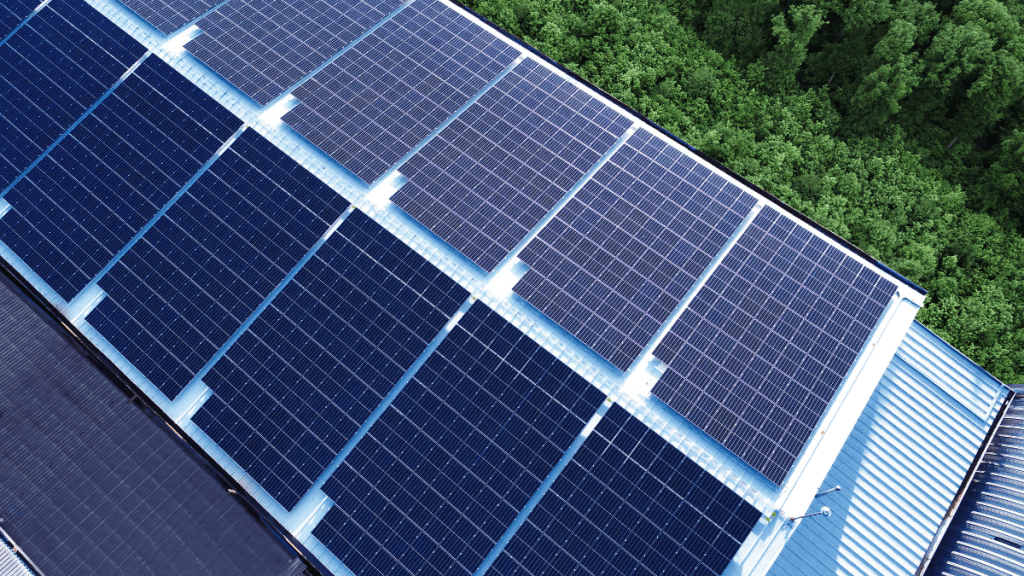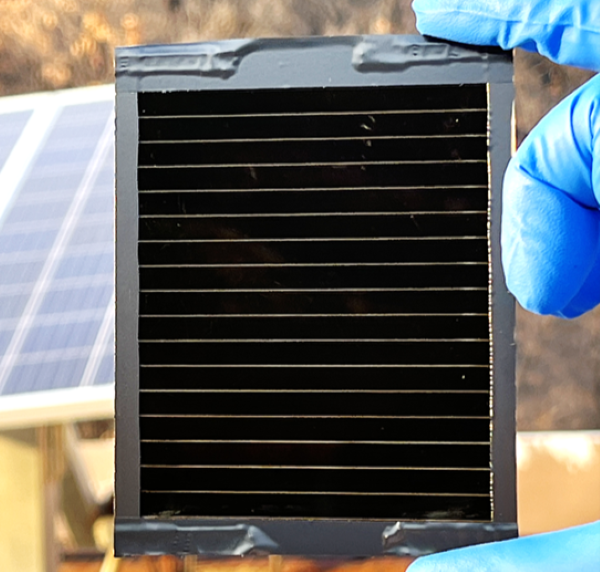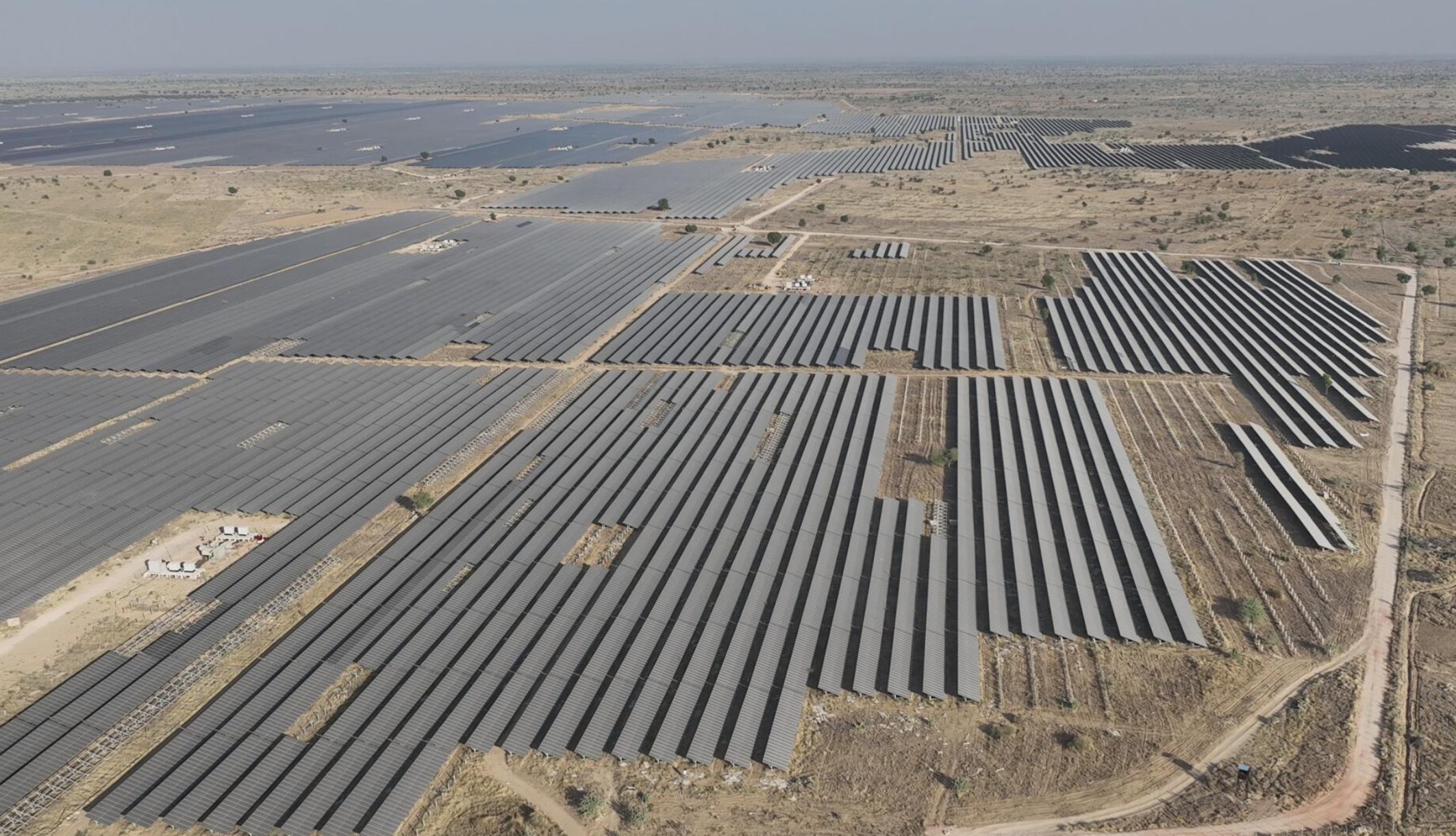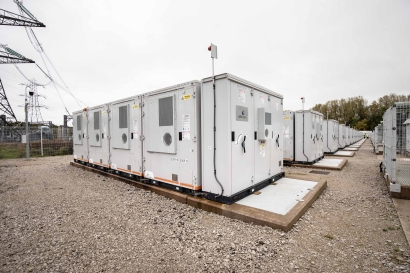NREL develops translucent solar panels for bigger, better crops
Researchers at the National Renewable Energy Laboratory grew tomatoes under translucent solar panels, which could play a promising role in agrivoltaics.

Researchers at the National Renewable Energy Laboratory grew tomatoes under translucent solar panels, which could play a promising role in agrivoltaics.
From pv magazine USA
Researchers at the U.S. Department of Energy’s National Renewable Energy Laboratory (NREL) developed a translucent solar panel to allow certain light spectrums to pass through that are optimal for crop growth.
In the experiment, known as “No Photon Left Behind,” scientists tested the efficacy of a BioMatch, which filters the light spectrum best suited for a plant’s physiological needs. The BioMatch is designed to let light pass through organic semiconducting materials found in solar cells. The scientists determined that limiting the spectrum to certain wavelengths made the tomatoes grow faster and bigger than those in direct, natural sunlight.
“When light comes into contact with a plant, there are a lot of things that can happen,” said Bryon Larson, an NREL chemist and principal investigator on the project. “Different physiological pathways are triggered based on the type and amount of light. Those physiological pathways often determine the productivity of the plant.”
The researchers are studying what happens to plants when sunlight is filtered into only the spectrum and dose that the plant needs, which is the plant's light requirement, Larson said. “We can produce that through the concept of BioMatched spectral harvesting, while using the light plants don’t need to make electricity with transparent [organic photovoltaics] modules.”
The researchers said the tomatoes grown under the organic photovoltaic (OPV) BioMatched Light stretch higher than the tomatoes under full sun exposure. Even though the direct sunlight plants receive 30% more light, NREL said the OPV plants are “selectively bathed in the slice of the solar spectrum they crave.”
The testing, which considered factors such as size, weight and how well the plants convert light into biomass, found that the tomatoes grown under BioMatched filters came out ahead.
“By and large, these are slightly more efficient in terms of photosynthetic yield than the control plants,” said Seth Steichen, a biologist working on the project.
NREL said the research could play an important role in agrivoltaics, the practice of co-locating solar panels on agricultural land in such a way that both practices may prosper. Agrivoltaics has shown promise for both the farming and solar industries. For example, preliminary results from research at Iowa State University recently found that certain crops, such as strawberries, summer squash and peppers, grow better when located adjacent to single-axis tracking solar panels.
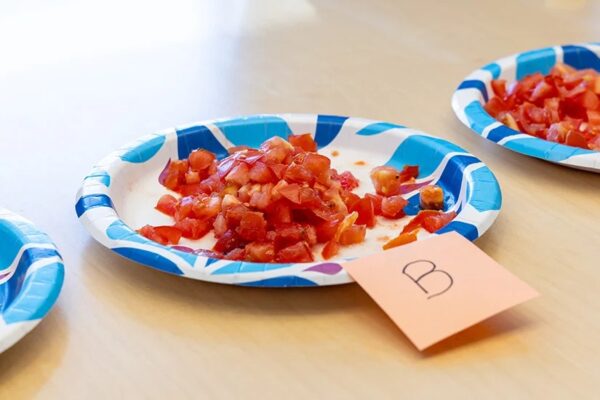
Image: Gregory Cooper, NREL
The researchers noted that the light reaching tomatoes activates different functions, such as making sugar to sweeten the fruits and proteins to change the texture.
As such, “the final hurrah” was the taste test, Larson said.
The researchers purchased organically grown industry-reference greenhouse tomatoes and performed a taste test, concealing the labels on the bottom of each plate to identify the photovoltaic batch, the market batch and the control group from each other.
The results? The photovoltaic tomatoes and tomatoes from NREL’s control group tied for first place, and the organic store-bought tomatoes came in last.
What's Your Reaction?


















